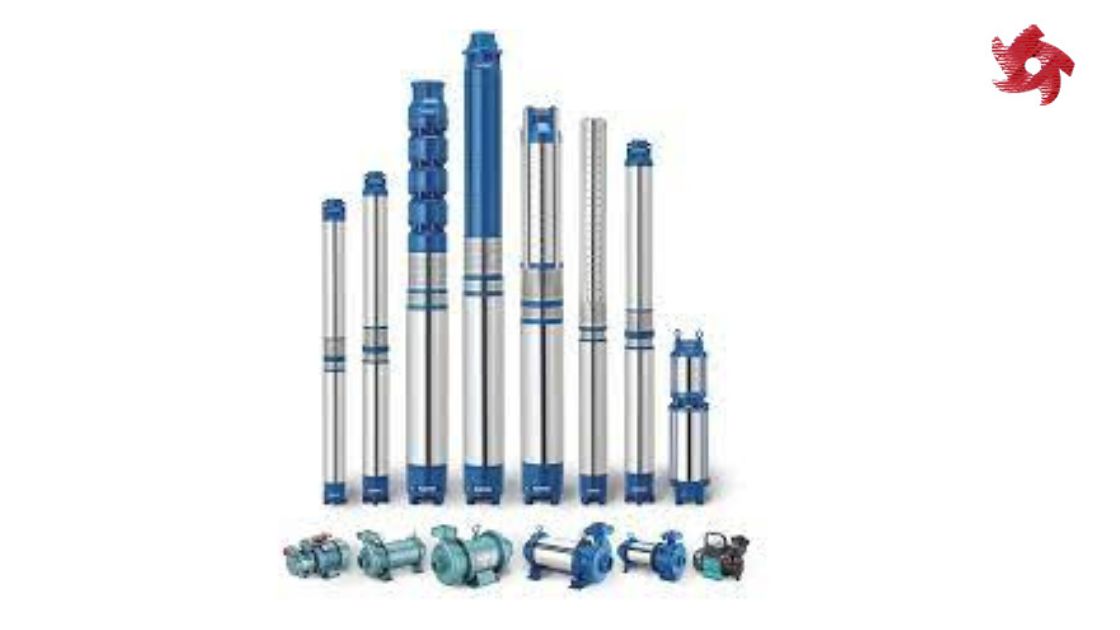Submersible Pumps

Submersible pumps are a type of pump designed to be fully submerged in the fluid they are pumping. They are widely used for various applications, particularly in water management, drainage, and wastewater systems. Here are some key features and components of submersible pumps:
- Motor: Submersible pumps have an integrated electric motor that is hermetically sealed to prevent water from entering. The motor is designed to operate underwater and is often cooled by the pumped fluid.
- Pumping Mechanism: The pumping mechanism of a submersible pump can vary depending on the specific type and application. Common types include centrifugal pumps, axial flow pumps, and mixed flow pumps. These mechanisms generate the necessary flow and pressure to transfer the fluid.
- Impeller: The impeller is a rotating component within the pump that moves the fluid. It is responsible for creating the pumping action by converting the rotational energy from the motor into fluid flow.
- Pump Casing: The pump casing houses the impeller and other internal components. It is designed to withstand the hydrostatic pressure and provide a pathway for the fluid to flow from the suction to the discharge.
- Sealing Mechanism: Submersible pumps incorporate sealing mechanisms to prevent water leakage into the motor or electrical components. Common sealing methods include mechanical seals or multiple O-ring seals.
- Cable: Submersible pumps are connected to a power source through a specially designed cable. The cable provides electrical power to the motor and may also include additional features such as a grounding conductor.
- Float Switch (optional): In some submersible pumps, a float switch is incorporated to automatically turn the pump on or off based on the fluid level. This feature is commonly used in sump pumps and sewage systems.
Submersible pumps offer several advantages, including efficient pumping performance, compact design, and the ability to operate in submerged conditions. They are commonly used in applications such as groundwater pumping, well systems, drainage of basements and construction sites, wastewater treatment, irrigation, and fountain and pond installations.
It’s important to consider the specific requirements of the application when selecting a submersible pump, including factors such as flow rate, head pressure, the type and temperature of the fluid, and any specific installation considerations. Proper sizing and selection are essential to ensure optimal performance and longevity of the submersible pump
Related Links
Multiple keywords
pumpmanufacturer, pump, aoddpump, aodd, aoddpumps


